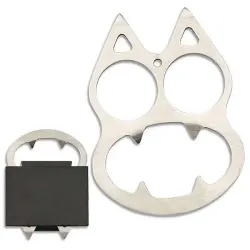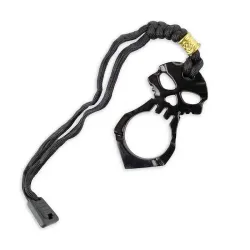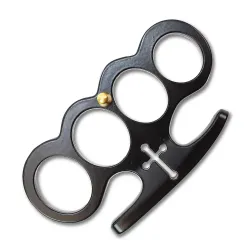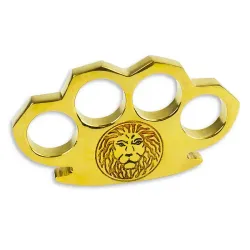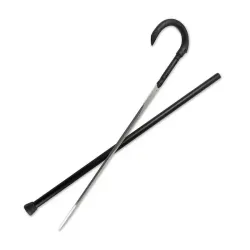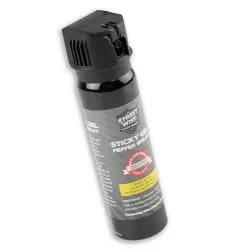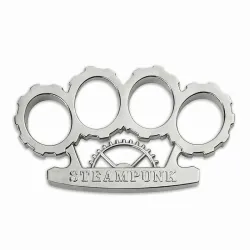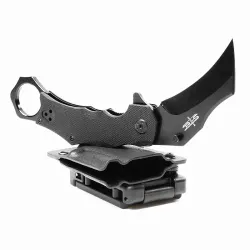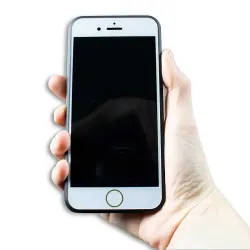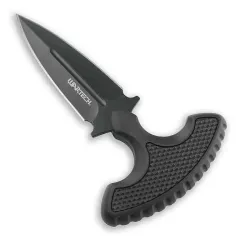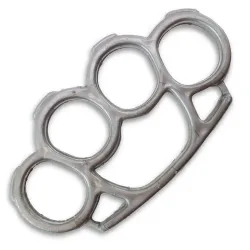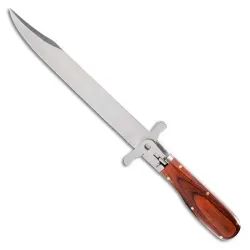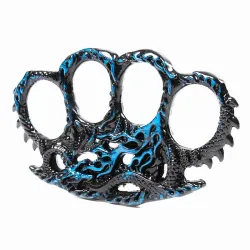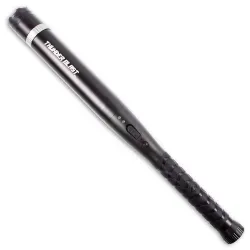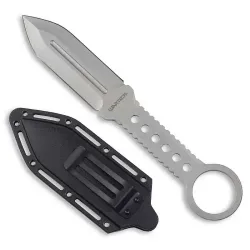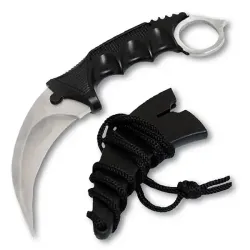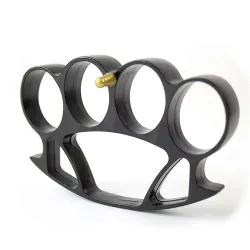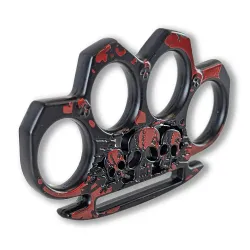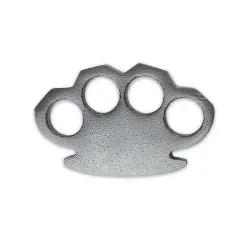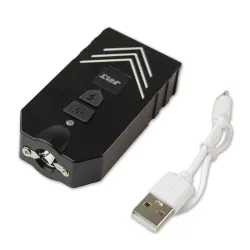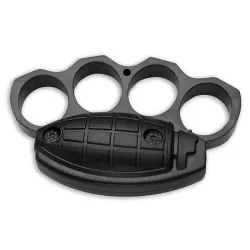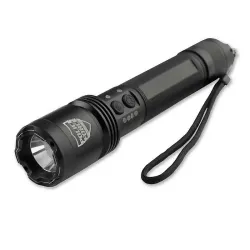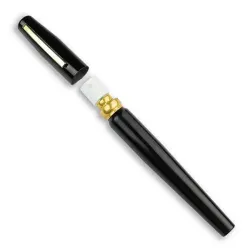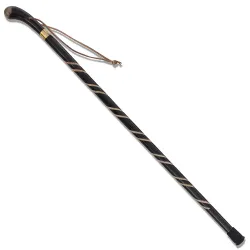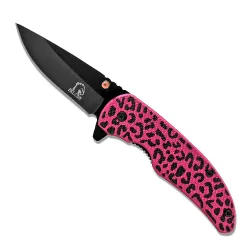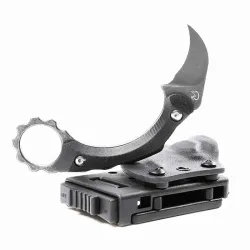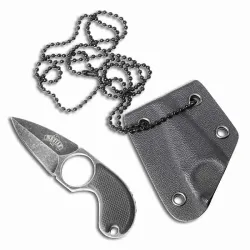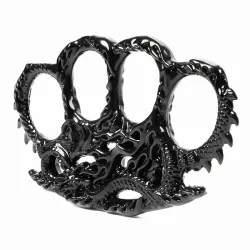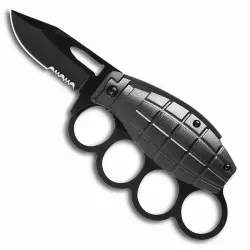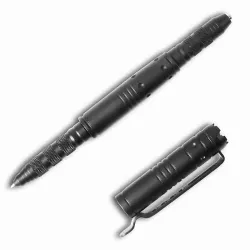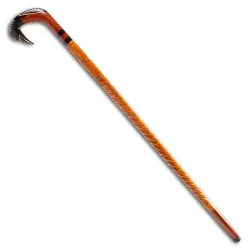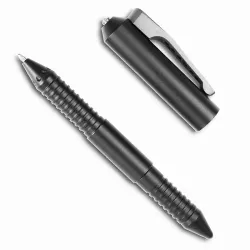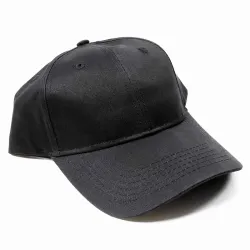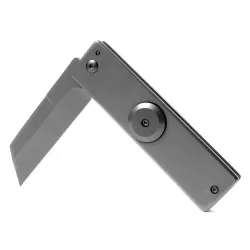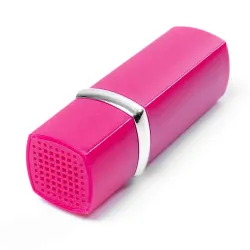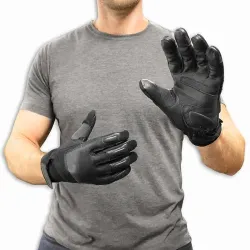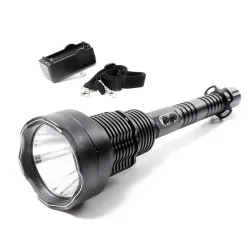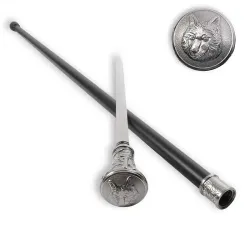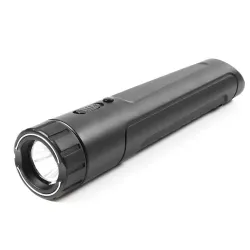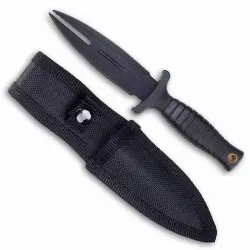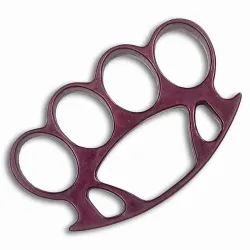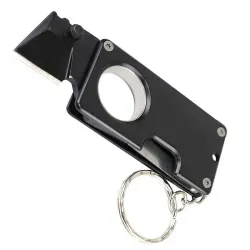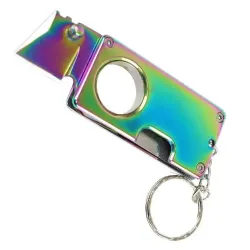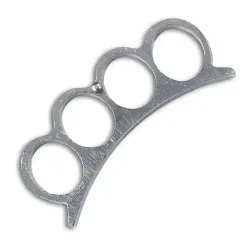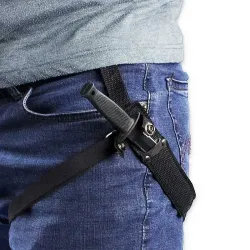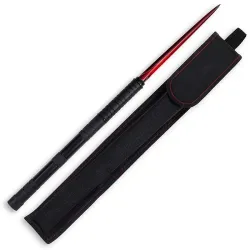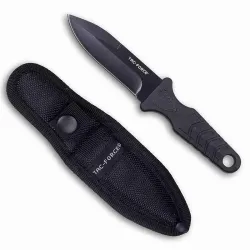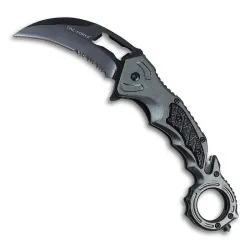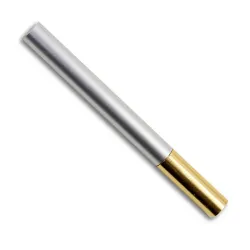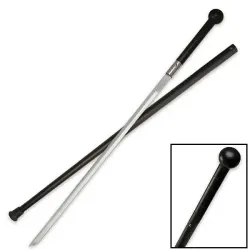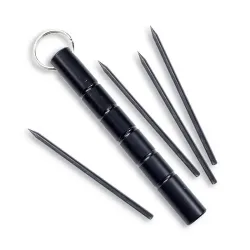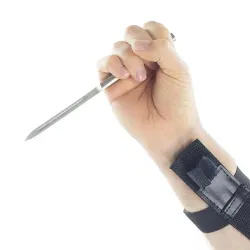Everyday Carry Weapons & EDC Knives
-
$26.95
-
$23.95
-
$11.95
-
$18.95
-
$29.95
-
$10.95
-
$16.95
-
$11.95
-
$12.95
-
$13.95
-
$16.95
-
$16.95
-
$18.95
-
$32.95
-
$11.95
-
$32.95
-
$29.95
-
$22.95
-
$29.95
-
$19.95
-
$19.95
-
$14.95
-
$20.95
-
$11.95
-
$16.95
-
$52.95
-
$16.95
-
$12.95
-
$20.95
-
$16.95
-
$16.95
-
$10.95
-
$32.95
-
$109.95
-
$29.95
-
$12.95
-
$52.95
-
$32.95
-
$16.95
-
$11.95
-
$11.95
-
$24.95
-
$11.95
-
$49.95
-
$11.95
-
$34.95
-
$15.95
-
$16.95
-
$26.95
-
$16.95
-
From $13.95
-
$15.95
-
$15.95
-
$15.95
-
$19.95
-
$12.95
-
$15.95
-
$12.95
-
$29.95
-
$24.95
-
$13.95
-
$52.95
-
$13.95
-
$29.95
-
$44.95
-
$11.95
-
$21.95
-
$26.95
-
$17.95
-
$18.95
-
$19.95
-
$18.95
-
$18.95
-
$21.95
-
$39.95
-
$29.95
-
$29.95
-
$18.95
-
$29.95
-
$29.95
-
$26.95
-
$24.95
-
$11.95
-
$21.95
-
$13.95
-
$19.95
-
$44.95
-
$15.95
-
$24.95
-
$139.95
-
$16.95
-
$29.95
-
$16.95
-
$94.95
-
$124.95
-
$26.95
-
$26.95
-
$13.95
-
$29.95
-
$15.95
-
$16.95
-
$26.95
-
$18.95
-
$26.95
-
$22.95
-
$34.95
-
$39.95
-
$24.95
-
$15.95
-
$11.95
-
$18.95
-
$23.95
-
$18.95
-
$18.95
-
$34.95
-
$24.95
-
$16.95
-
$16.95
-
$39.95
-
$14.95
-
$34.95
-
$16.95
-
$15.95
-
$16.95
-
$22.95
-
$21.95
-
$26.95
-
$19.95
-
$23.95
-
$29.95
-
$32.95
-
$29.95
-
$16.95
-
$17.95
-
$29.95
-
$18.95
-
$22.95
-
$54.95
-
$24.95
-
$23.95
-
$16.95
-
$16.95
-
$174.95
-
$154.95
-
$24.95
-
$29.95
-
$29.95
-
$24.95
-
$12.95
-
$12.95
-
$22.95
-
$18.95
-
$15.95
-
$13.95
-
$21.95
-
$11.95
-
$11.95
-
$19.95
-
$23.95
-
$16.95
-
$149.95
-
$13.95
-
$17.95
-
$18.95
-
$14.95
-
$17.95
-
$34.95
-
$25.95
-
$16.95
-
$26.95
-
$16.95
-
$26.95
-
$16.95
-
$36.95
-
$69.95
-
$26.95
-
$16.95
-
$24.95
-
$32.95
-
$16.95
-
$11.95
-
$15.95
-
$16.95
-
$34.95
-
$149.95
-
$17.95
-
$29.95
-
$59.95
-
$15.95
-
$49.95
-
$19.95
-
$19.95
-
$16.95
-
$18.95
-
$14.95
-
$19.95
-
$49.95
-
$22.95
-
$22.95
-
$24.95
-
$14.95
-
$32.95
-
$44.95
-
$10.95
-
$21.95
-
$15.95
-
$15.95
-
$34.95
-
$14.95
-
$13.95
-
$13.95
-
$22.95
-
$39.95
-
$17.95
-
$32.95
-
$17.95
-
$11.95
-
$89.95
-
$69.95
-
$42.95
-
$18.95
-
$44.95
-
$16.95
-
$11.95
-
$17.95
-
$16.95
-
$11.95
-
$13.95
-
$14.95
-
$64.95
-
$12.95
-
$16.95
-
$13.95
The primary purpose of EDC weapons is to provide individuals with the means to protect themselves in unforeseen situations. Unlike traditional firearms, EDC weapons are often non-lethal and are designed to incapacitate or deter an attacker long enough for the user to escape. This makes them particularly appealing in environments where carrying a firearm may be restricted or impractical.
Among the most popular EDC weapons are knives. EDC knives come in various forms, including folding knives, fixed-blade knives, and multi-tools. Folding knives are compact and can be easily carried in a pocket, while fixed-blade knives offer greater strength and reliability. Multi-tools combine several functions into one device, often including a knife blade along with pliers, screwdrivers, and other useful tools. These versatile tools are perfect for those looking for functionality in their EDC setup.
Another widely used EDC weapon is the tactical pen. Designed to look like an ordinary writing instrument, tactical pens are made from durable materials such as aluminum or stainless steel. They can be used for self-defense by striking pressure points or as a last-resort weapon in close-quarters situations. The discreet nature of tactical pens makes them an excellent choice for individuals seeking a non-threatening means of protection.
Flashlights are also common EDC items that can double as self-defense tools. Tactical flashlights are designed to emit a powerful beam of light, temporarily blinding an attacker and providing an opportunity to escape. Additionally, the sturdy construction of many tactical flashlights allows them to be used as impact weapons if necessary.
For those seeking non-lethal alternatives, stun guns offer effective means of self-defense. These devices deliver an electric shock to an attacker, causing temporary incapacitation. It's important to note that proper training is essential to effectively use these devices.
Disguised weapons, such as self-defense keychains and kubotans, are designed to look like everyday items but can be used to defend oneself in an emergency. A kubotan is a small, rigid rod that can be attached to a keychain. It can be used to apply pressure to an attacker's pressure points, causing pain and allowing the user to escape. Similarly, self-defense keychains are designed to be held in the hand and can be used to strike an attacker.
When choosing an EDC weapon, it's essential to consider factors such as legality, practicality, and personal comfort. Laws regarding the carry and use of EDC weapons vary by jurisdiction, so it's crucial to familiarize oneself with local regulations. Additionally, the weapon should be easy to carry and access, ensuring that it can be used effectively in an emergency.
Incorporating EDC weapons into your daily routine can provide peace of mind and an added layer of security. Whether you're commuting, traveling, or simply going about your day, having a means of self-defense can make a significant difference. At KarateMart.com, we are committed to providing high-quality EDC weapons that meet the diverse needs of our customers.
What is an EDC Weapon?
An EDC weapon is a tool or device that is carried daily and can be used for self-defense in emergency situations. These weapons are designed to be compact, discreet, and easily accessible, allowing individuals to protect themselves without drawing attention. EDC weapons encompass a wide range of items, including knives, tactical pens, flashlights, stun guns, and disguised weapons like kubotans.
The primary characteristic of an EDC weapon is its portability. These items are small enough to be carried on one's person throughout the day, ensuring that they are readily available if needed. Despite their size, EDC weapons are designed to be effective in deterring or incapacitating an attacker, providing the user with an opportunity to escape a dangerous situation.
EDC weapons are particularly useful in environments where carrying a firearm may be restricted or impractical. They offer a non-lethal means of self-defense, which can be advantageous in situations where the use of deadly force is not justified or desired. Additionally, the discreet nature of many EDC weapons allows individuals to carry them without attracting unwanted attention.
It's important to note that the effectiveness of an EDC weapon depends on the user's knowledge and training. While these tools can be powerful means of self-defense, they should be used responsibly and in accordance with the law. Familiarizing oneself with local regulations and seeking proper training can enhance the effectiveness and safety of carrying an EDC weapon.
What are some good EDC Weapons that aren't firearms?
There are several effective EDC weapons that do not involve firearms, providing individuals with non-lethal means of self-defense. Some of these include:
- Tactical Pens: Designed to look like ordinary writing instruments, tactical pens are made from durable materials and can be used to strike pressure points or as a last-resort weapon in close-quarters situations.
- Flashlights: Tactical flashlights emit a powerful beam of light, temporarily blinding an attacker and providing an opportunity to escape. The sturdy construction of many tactical flashlights allows them to be used as impact weapons if necessary.
- Stun Guns: These devices deliver an electric shock to an attacker, causing temporary incapacitation. It's important to note that you should learn some self-defense training in addition to carrying a stun gun.
- Kubotans: A small, rigid rod that can be attached to a keychain. It can be used to apply pressure to an attacker's pressure points, causing pain and allowing the user to escape.
- Self-Defense Keychains: Designed to be held in the hand, these keychains can be used to strike an attacker. Their discreet nature makes them an excellent choice for individuals seeking a non-threatening means of protection.
Each of these weapons offers unique advantages and can be effective in different situations. The choice of which to carry depends on personal preferences, local laws, and the specific circumstances in which the weapon may be needed.
What is an EDC Knife?
An EDC knife is a compact, portable knife designed for everyday carry. These knives are typically small enough to be carried in a pocket, clipped onto clothing, or attached to a keychain, ensuring they are readily accessible when needed. EDC knives come in various forms, including folding knives, fixed-blade knives, and multi-tools-each offering its own blend of functionality, convenience, and tactical value.
The primary purpose of an everyday carry knife is utility. EDC knives are invaluable tools for completing daily tasks such as opening packages, cutting rope or cord, preparing food, or performing minor repairs. However, their role extends beyond general utility; they can also serve as reliable tools for self-defense in emergencies. A well-chosen EDC knife can be a practical companion in your daily routine while offering peace of mind should a threatening situation arise.
Folding knives are among the most common types of EDC knives due to their portability and safety. These knives typically feature a locking mechanism that secures the blade when open, preventing accidental closure during use. Some models offer assisted-opening or spring-assisted designs that allow for one-handed operation, which is crucial in high-pressure situations.
Fixed-blade EDC knives, though generally larger and less discreet, are favored for their strength and reliability. Without moving parts, fixed-blade knives are less prone to mechanical failure and are often preferred by survivalists, outdoor enthusiasts, and those who prioritize durability over concealment. Compact fixed blades with sheaths designed for belt or neck carry are also popular among martial artists and tactical professionals.
Multi-tools that include a knife blade can serve dual purposes for both everyday tasks and emergency scenarios. While these knives may not offer the same cutting power as a dedicated blade, their added functionality makes them a favorite among users who prioritize versatility in their everyday carry loadout.
When selecting an EDC knife, it's important to consider factors like blade material, shape, and edge style. High-quality steels like D2 provide good edge retention, corrosion resistance, and strength. Blade shapes, such as drop point, tanto, or clip point, affect cutting performance and should be chosen based on intended use. Additionally, edge types such as plain, serrated, or partially serrated offer different benefits, with plain edges being better for clean cuts and serrated edges excelling at sawing through tougher materials.
Handle ergonomics and material also play a significant role. EDC knives should feel comfortable and secure in hand, especially if used in a self-defense scenario. Materials like G-10, carbon fiber, and textured polymer offer lightweight strength and a solid grip, even in wet or stressful conditions.
It's also critical to consider the legal aspect of carrying an EDC knife. Laws regarding blade length, locking mechanisms, and concealed carry vary significantly by region or country. For example, some jurisdictions restrict carrying fixed blades or knives with blades over a certain length. Researching and adhering to local knife laws will ensure responsible and lawful carry.
In martial arts, particularly in disciplines like Filipino Kali, Arnis, and Eskrima, EDC knives hold significant value as training tools and defensive implements. Practitioners are taught blade awareness, defensive tactics, and situational responsiveness, making them especially effective in applying an EDC knife for self-protection when legally permitted.
Ultimately, an EDC knife is more than just a blade; it's a tool that combines utility, readiness, and personal safety. Whether you're using it for everyday chores or relying on it in a critical moment, a well-chosen everyday carry knife is an essential component of any effective EDC setup.
What Makes a Knife an EDC Knife?
An EDC knife is any compact, practical knife that you carry with you regularly because it actually gets used in real life. Instead of being a huge survival blade that stays in a drawer, an everyday carry knife is small enough to ride in your pocket, on your belt, or clipped inside your waistband without getting in the way. A true EDC knife balances usefulness and convenience, so it is comfortable to carry all day, quick to access, and simple to put back when the job is done. Most EDC knives are folding knives or compact fixed blades designed for opening packages, cutting cord or zip ties, small repairs, and other daily tasks, with the added benefit that they can be used as a last resort self defense tool when local laws allow it. Features like a pocket clip, reliable locking mechanism, and a blade size that fits your local knife laws are what separate a dedicated EDC knife from a random knife you own but never actually carry.
What Size Knife Is Best for Everyday Carry?
Most people prefer an EDC knife with a blade between two and three and a half inches because it strikes the best balance between usefulness and comfort. A knife in this size range is long enough to handle everyday tasks like opening boxes, cutting rope, or trimming loose threads, but still compact enough to carry in your pocket without feeling bulky. Smaller blades are easier to conceal and tend to draw less attention, but they can feel limiting if you need to do anything more than light cutting. Larger blades offer more cutting power, yet they're more noticeable and may be restricted depending on where you live. The "best" size ultimately comes down to your local knife laws, your daily routine, and how much knife you're comfortable carrying every single day.
Are Folding Knives or Fixed Blade Knives Better for EDC?
Both folding knives and compact fixed blades can work well for everyday carry, but each has strengths that appeal to different users. Folding knives are the most common choice because they're easy to carry, discreet, and safe to keep in a pocket thanks to the folding design and built-in locking mechanisms. They usually come with pocket clips and one-hand opening features, making them convenient for daily tasks. Compact fixed blade knives offer more strength and reliability because there are no moving parts that can fail, and they deploy instantly since the blade is already exposed. The trade-off is that fixed blades require a sheath and can be a little harder to carry discreetly. Choosing between the two really comes down to whether you value convenience and concealment or maximum durability and instant access.
Is It Legal to Carry an EDC Knife?
Knife laws vary widely depending on your city, state, or country, so it's important to check your local regulations before choosing an everyday carry knife. Many places allow folding knives with blades under a certain length, while others restrict assisted-opening mechanisms, locking blades, or any knife that could be considered concealed. Some areas treat fixed blades differently as well, placing limits on how they can be carried or how long the blade can be. Because the rules aren't the same everywhere, the safest approach is to look up your local laws and make sure the knife you choose fits the legal requirements where you live and travel. Carrying an EDC knife responsibly and within the law ensures you get the daily usefulness you want without running into unexpected legal issues.
What Blade Shape Is Best for EDC Use?
Blade shape affects how an EDC knife performs, so the best choice depends on the tasks you do most often. A drop point blade is the most popular option because it has a strong tip and a long, usable cutting edge that works well for everyday chores. Clip point blades offer a sharper, finer tip for detail work, though they can be more fragile if you pry with them. Tanto blades have a reinforced tip that excels at piercing and tough, angled cuts, making them a favorite for people who want extra durability. Wharncliffe and sheepsfoot blades provide straight cutting edges that are great for controlled, precise slicing. No single shape is perfect for everyone, but understanding the strengths of each style helps you pick a blade that matches how you actually use your knife day to day.
Should I Carry a Serrated or Plain Edge EDC Knife?
Both edge styles have advantages, so the better option depends on the kind of cutting you do most often. A plain edge is the most versatile for everyday carry because it makes clean, controlled cuts on things like cardboard, tape, rope, and food. It's also much easier to sharpen, which makes it ideal for people who want a simple, low-maintenance blade. Serrated edges shine when you need to saw through tougher materials such as thick rope, zip ties, heavy fabric, or fibrous outdoor materials. The trade-off is that serrated edges are harder to keep sharp and don't give you the same level of precision for everyday tasks. Some people choose a partially serrated blade to get a bit of both, but many EDC users still prefer a plain edge for its consistency and ease of use.
Can an EDC Knife Be Used for Self Defense?
An EDC knife is primarily a utility tool, but many people carry one with the understanding that it could serve as a last-resort option in an emergency. While a knife can be used defensively, it also carries serious legal and safety considerations. Laws vary widely on when and how a knife can be used for self defense, and even a justified situation can lead to legal complications. Because of this, most experts recommend focusing on avoidance, awareness, and escape as your primary means of protection. If you choose to carry an EDC knife, treat it as a practical daily tool first and make sure you understand both your local laws and the responsibility that comes with carrying any object that could cause harm.

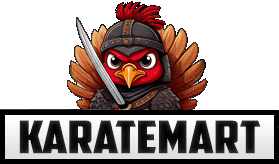



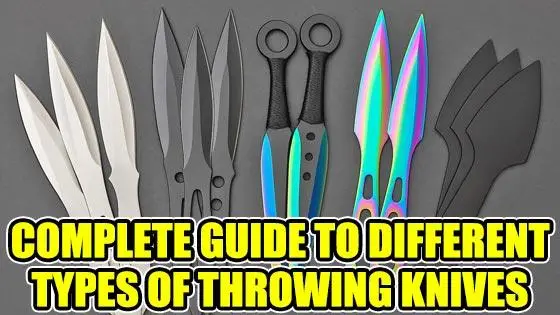
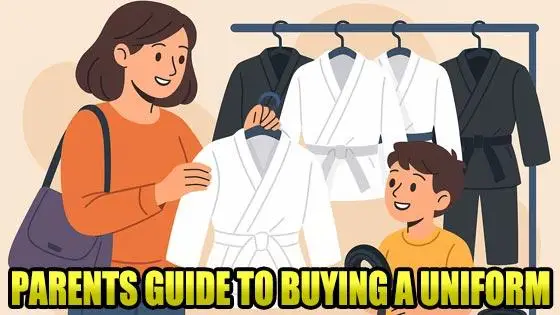

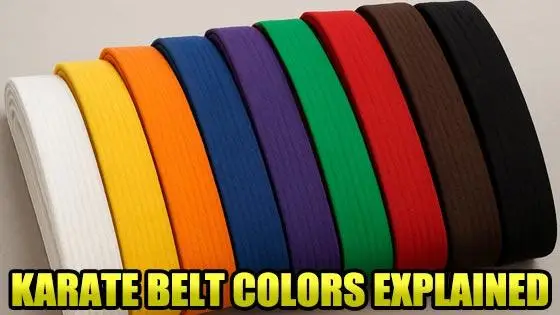
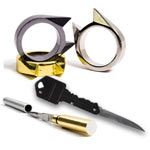
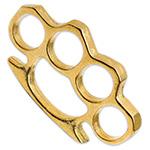
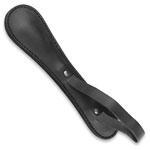

 (2)
(2)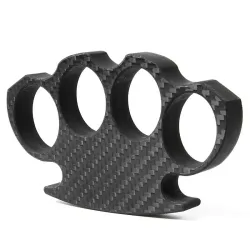
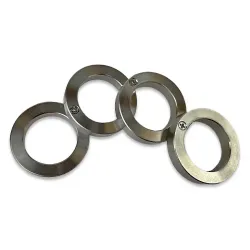
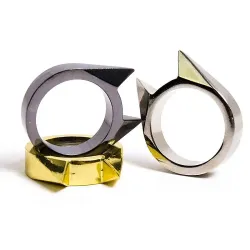
 (3)
(3)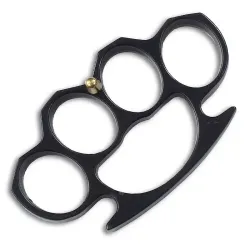
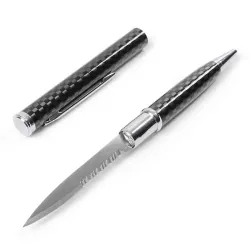
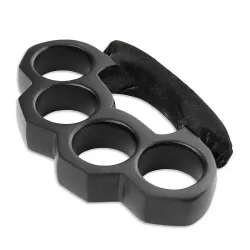

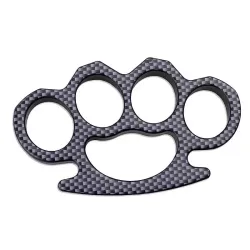
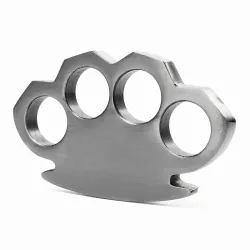
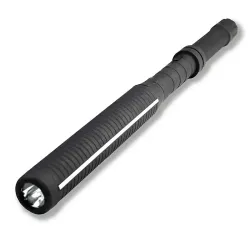

 (3)
(3)

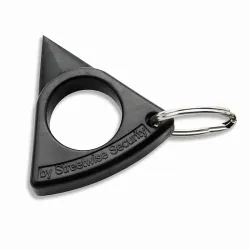
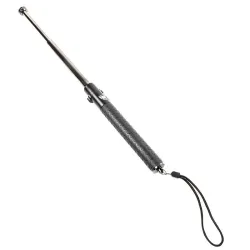

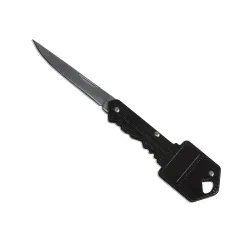
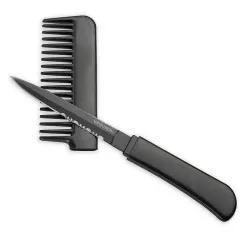
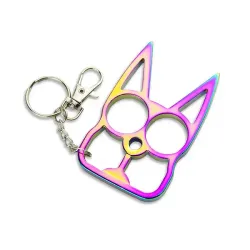
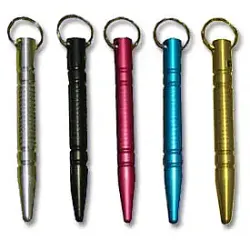
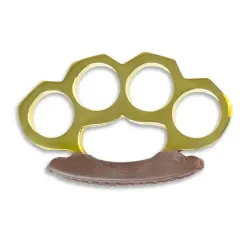
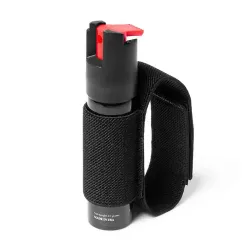

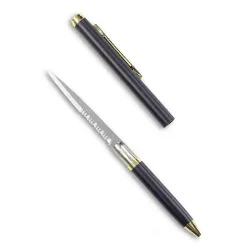
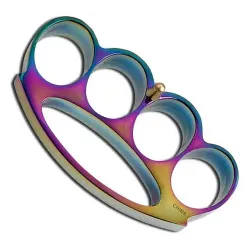

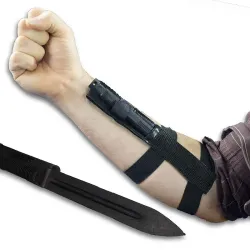




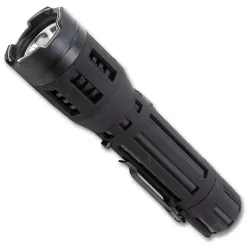
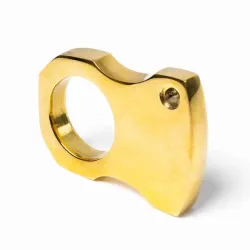
 (2)
(2)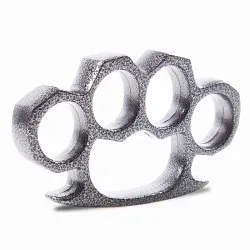
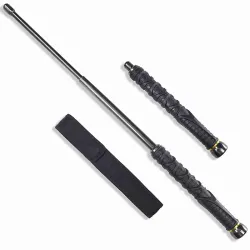
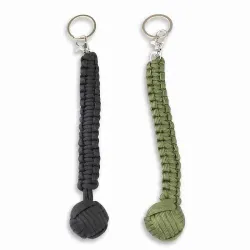
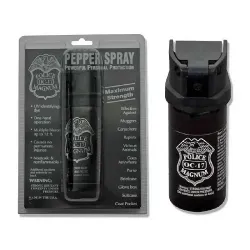

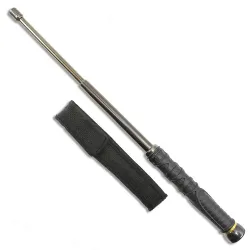




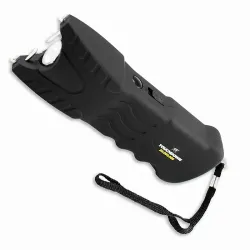

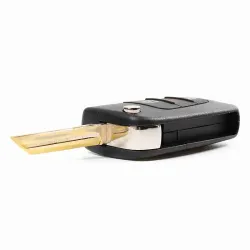
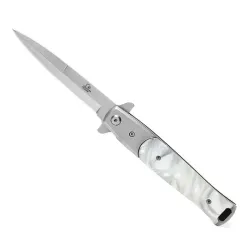
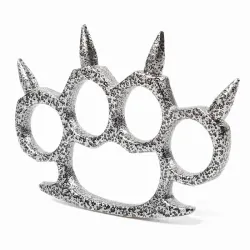
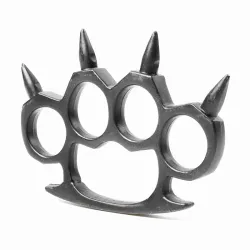
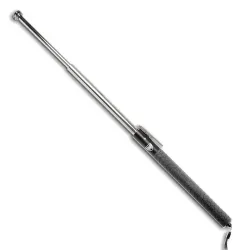

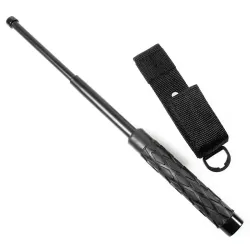
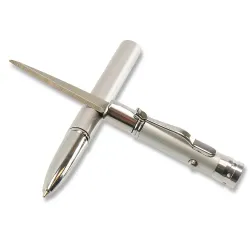
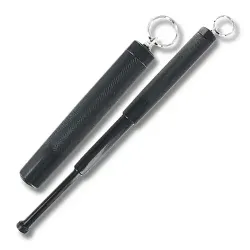

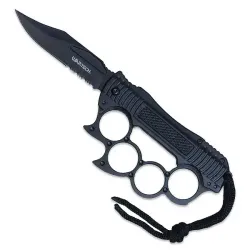
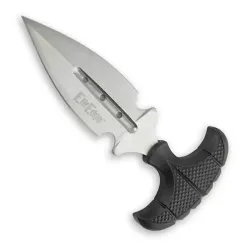
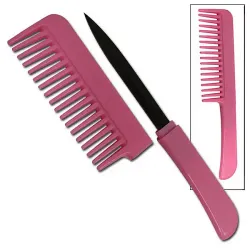
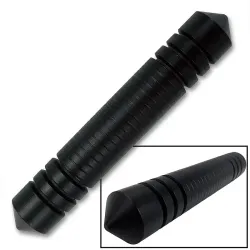
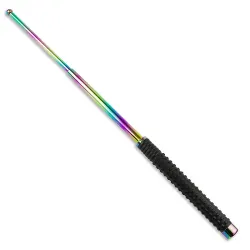

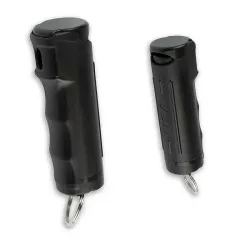
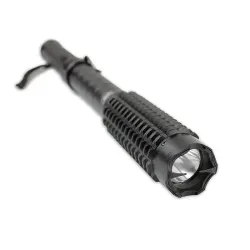
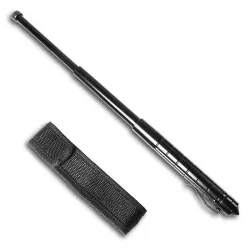
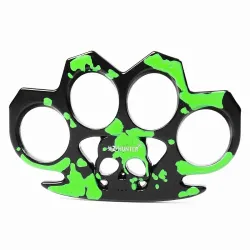
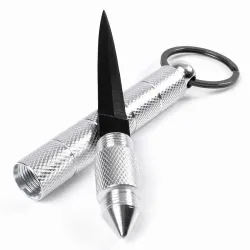
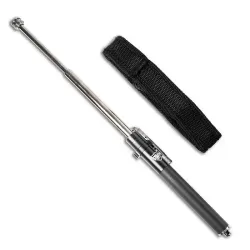
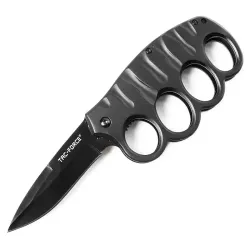
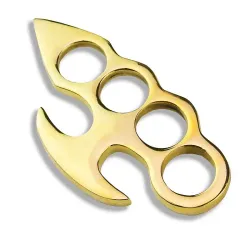

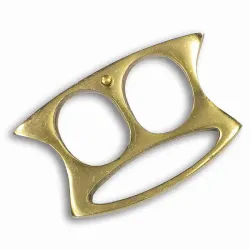


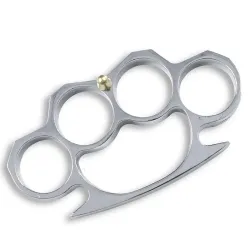

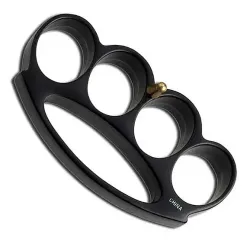
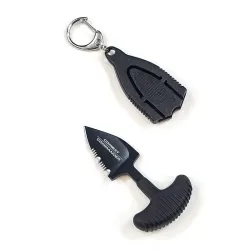
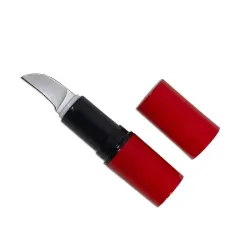
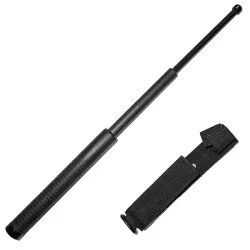
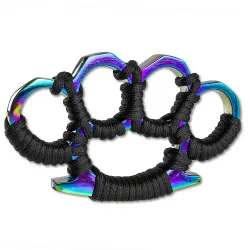

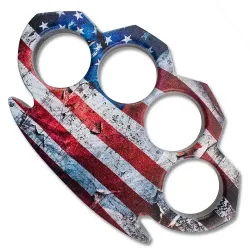


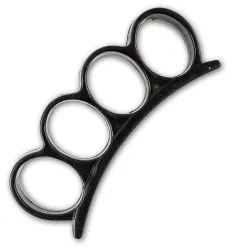
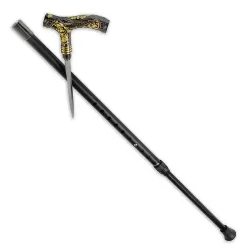
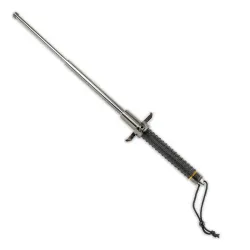

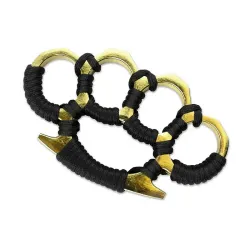
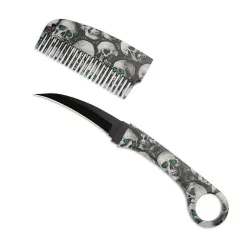
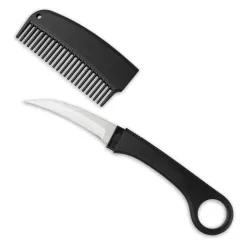

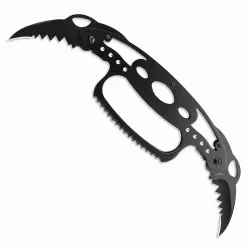
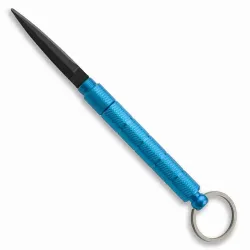



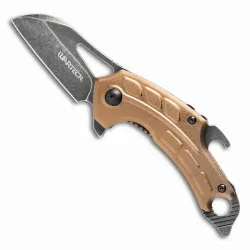


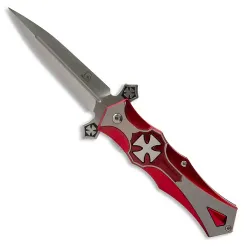
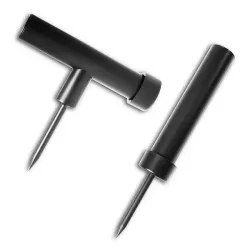
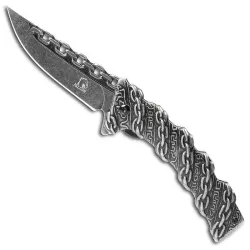

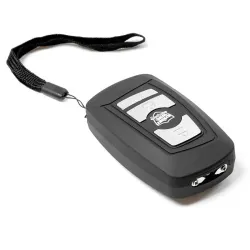
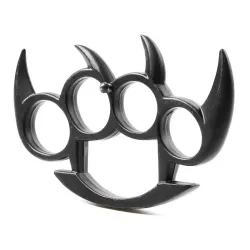

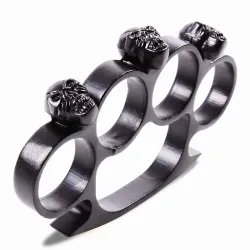

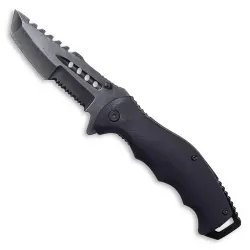
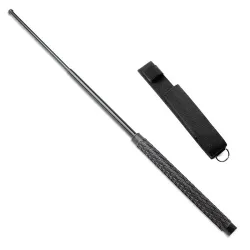

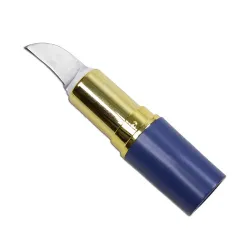
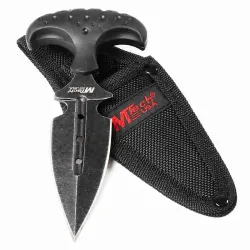





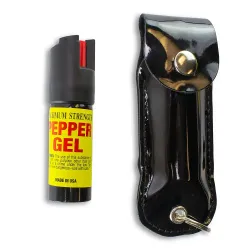
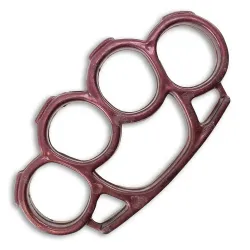

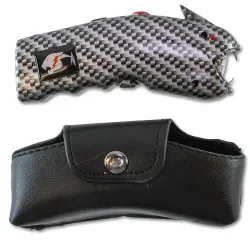
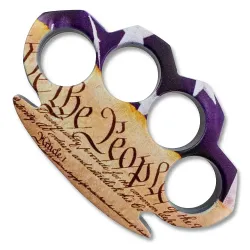
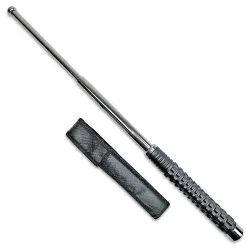




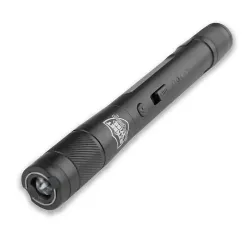
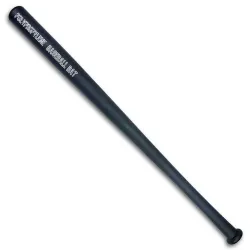
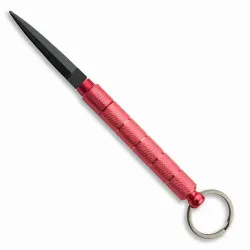
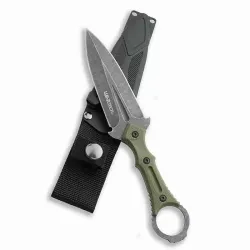
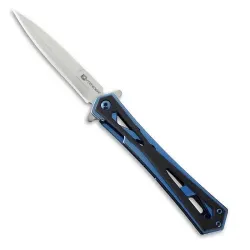
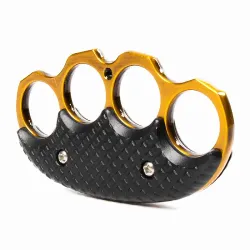
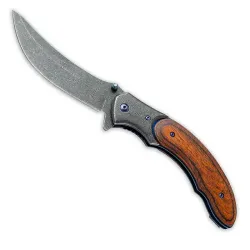
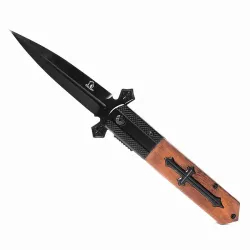
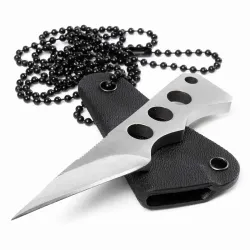
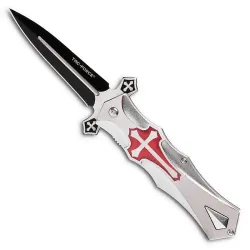



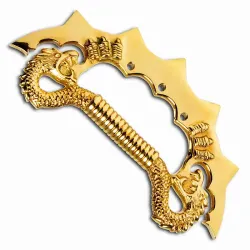

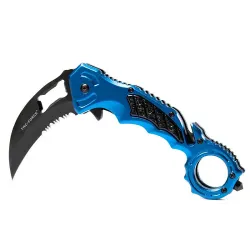
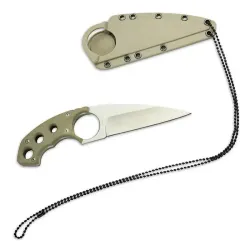

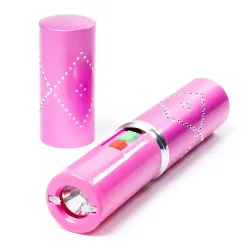

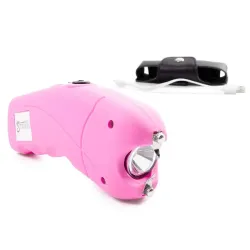

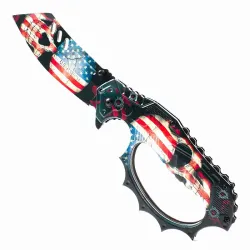






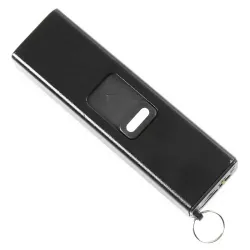


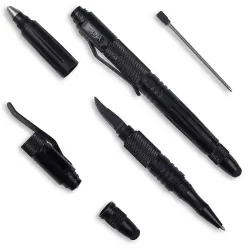
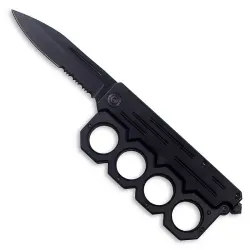

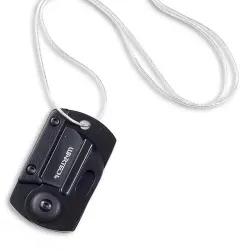



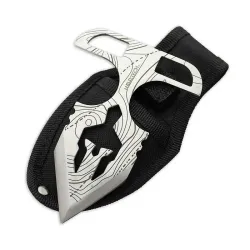
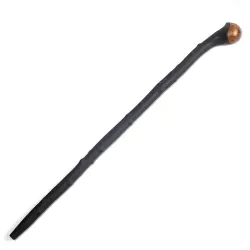

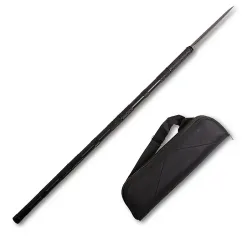

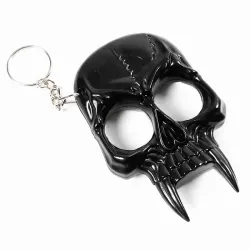
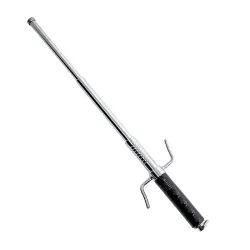
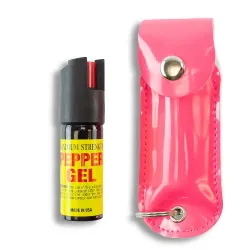
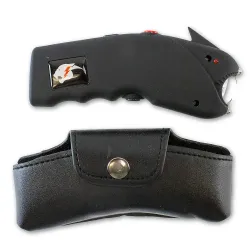
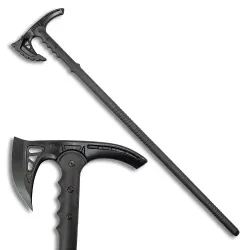
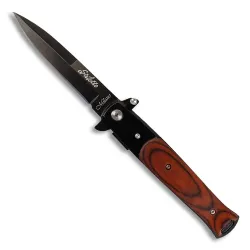
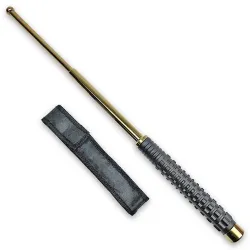
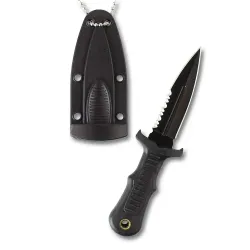
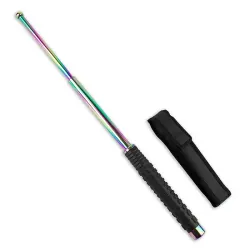

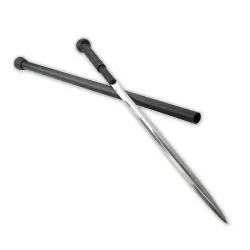


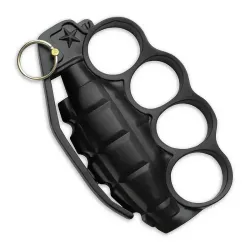
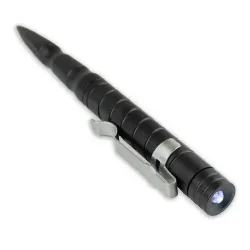

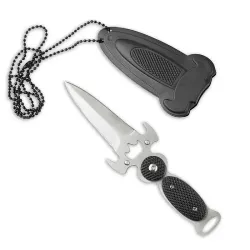
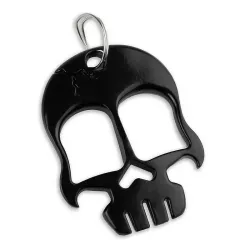

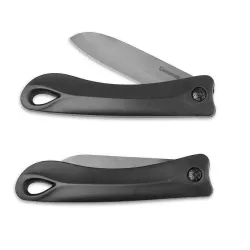

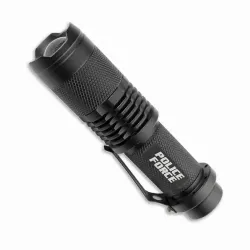
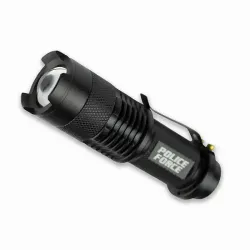
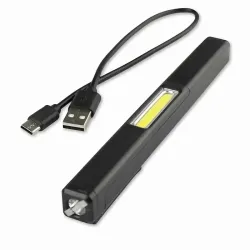
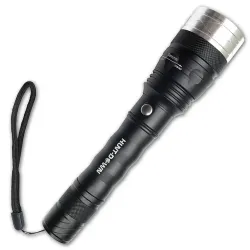



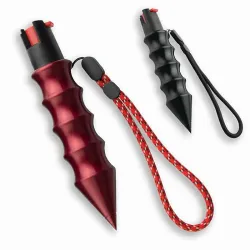

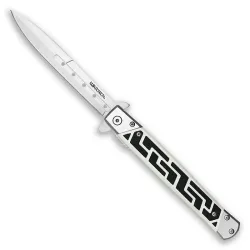
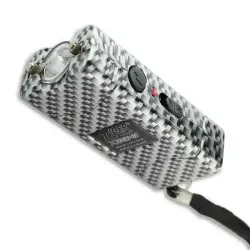
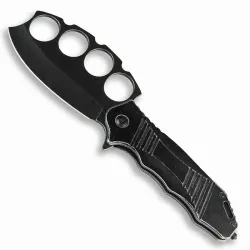
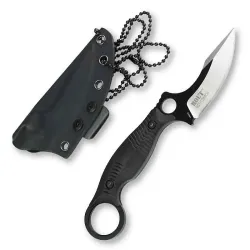
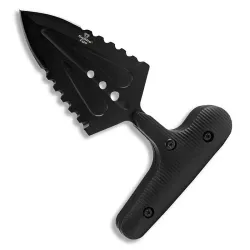
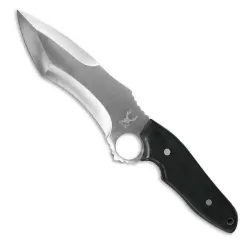
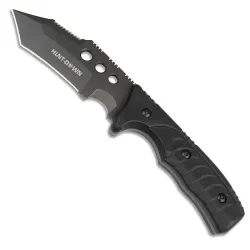
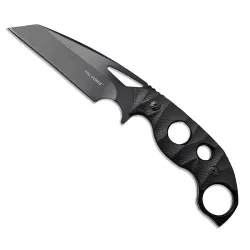

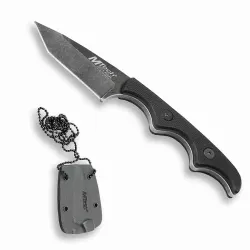



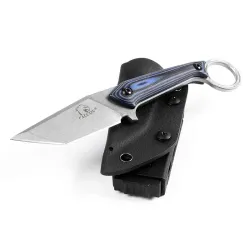
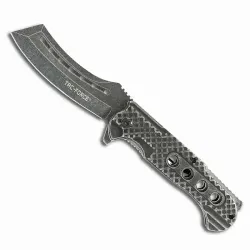
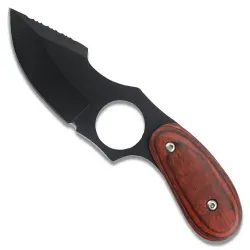
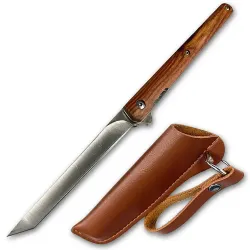
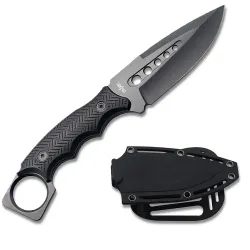
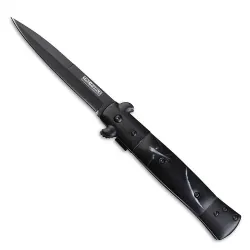
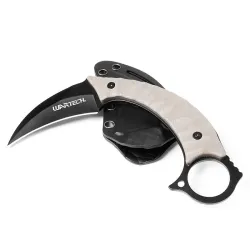
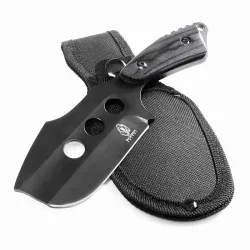
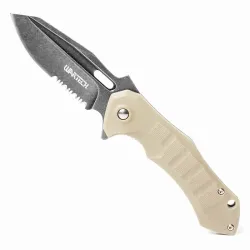

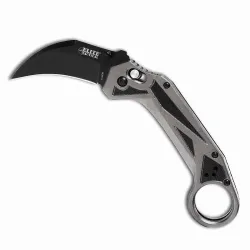
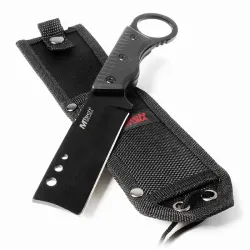
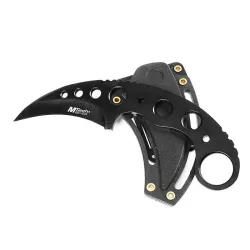
 (1)
(1)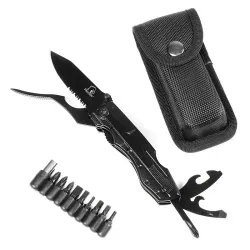
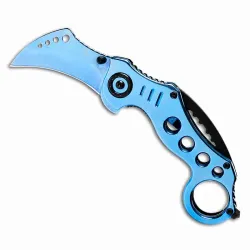
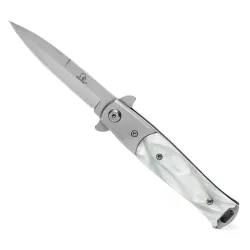
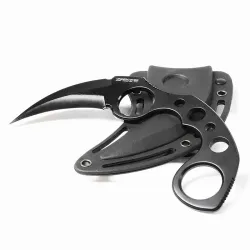
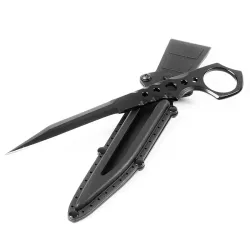

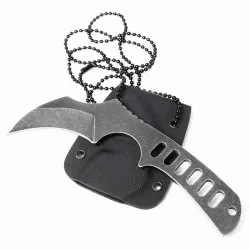
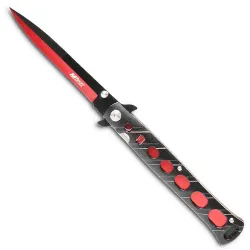
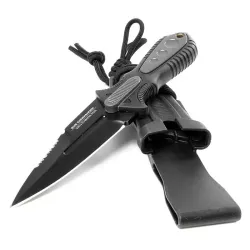


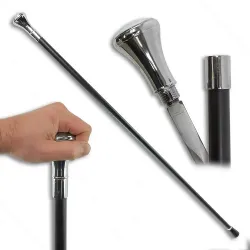
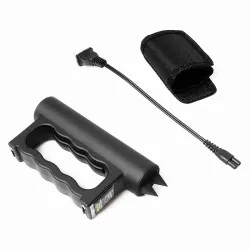
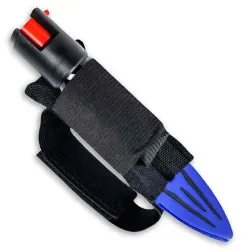
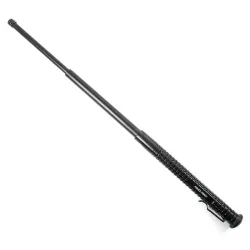
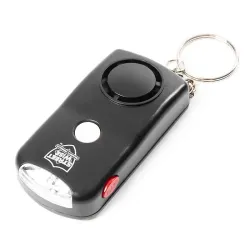

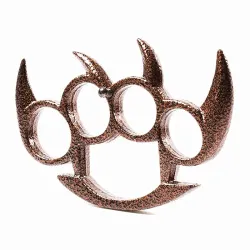
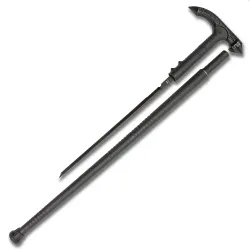
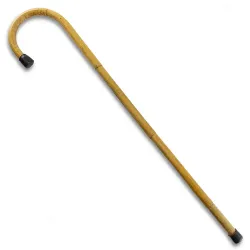
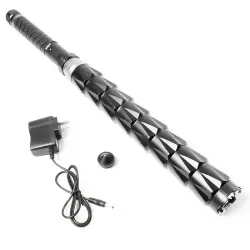
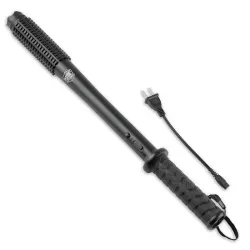

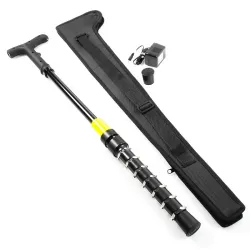
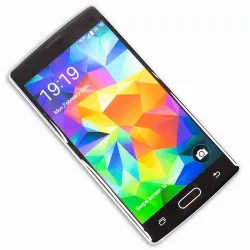
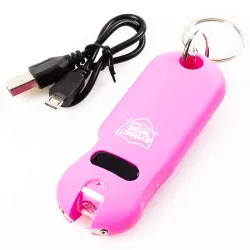
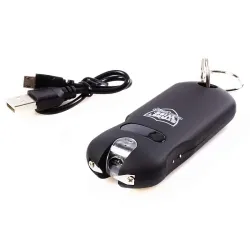
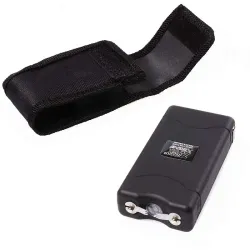

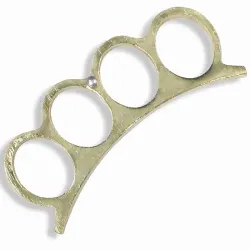
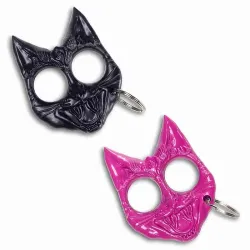
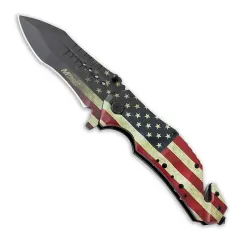
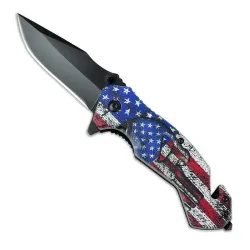
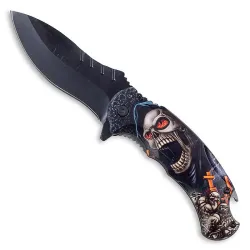
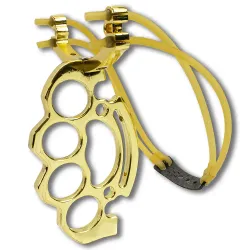
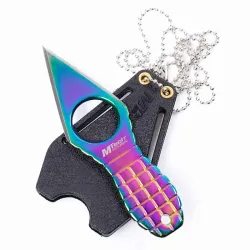



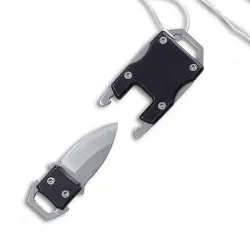


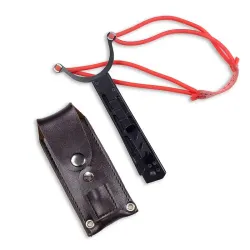
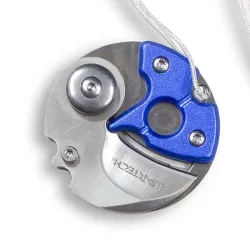

 (1)
(1)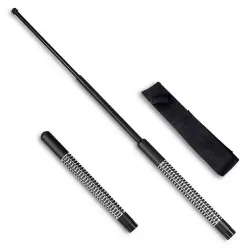
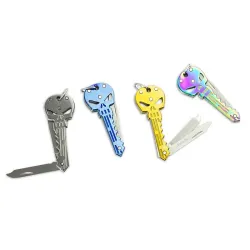
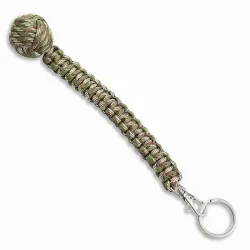
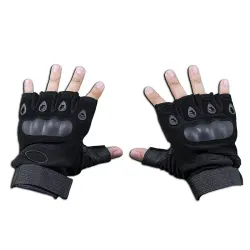
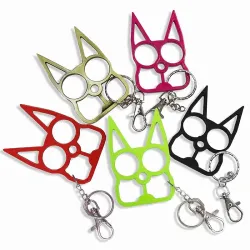

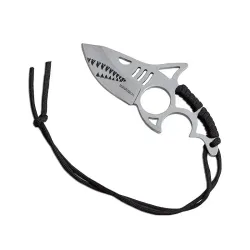
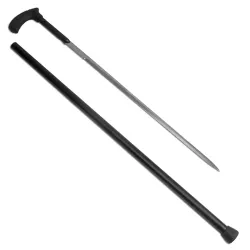

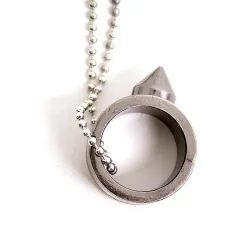



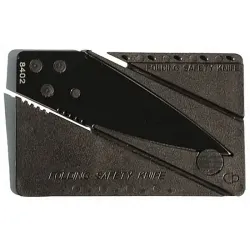
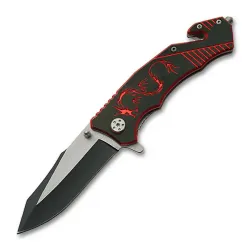
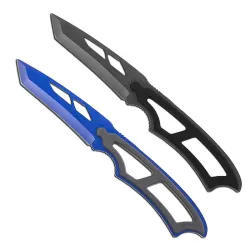
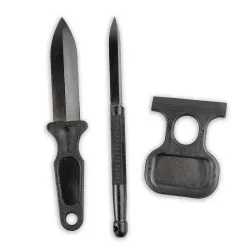
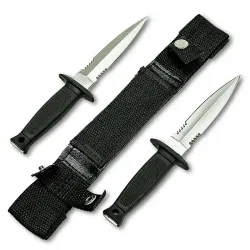
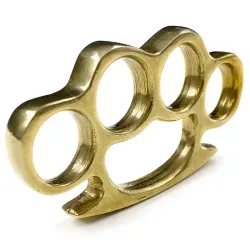
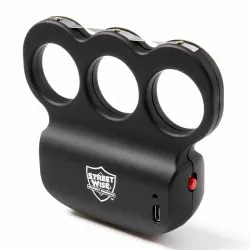
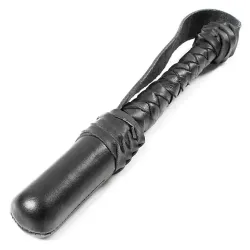
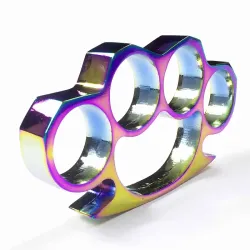
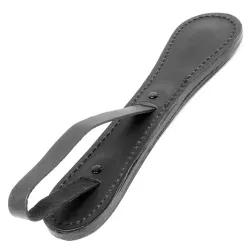

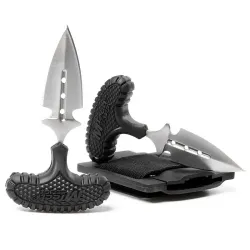
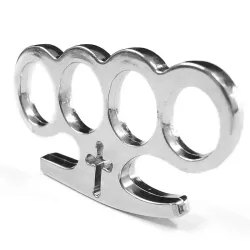
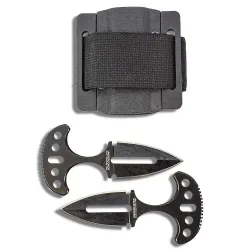
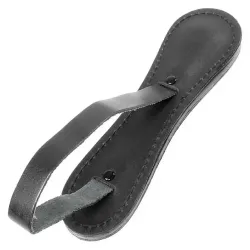



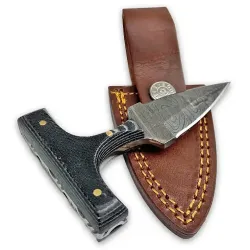
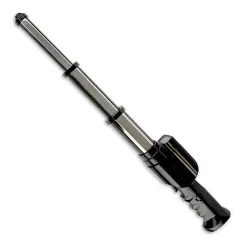
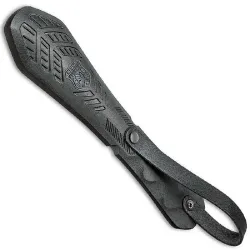

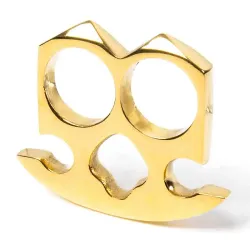

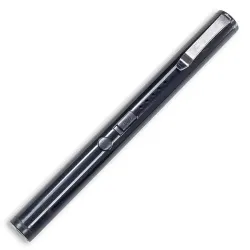
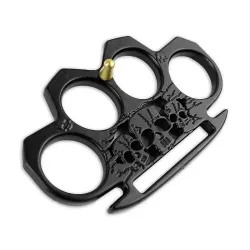
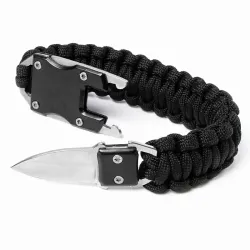
 (2)
(2)

